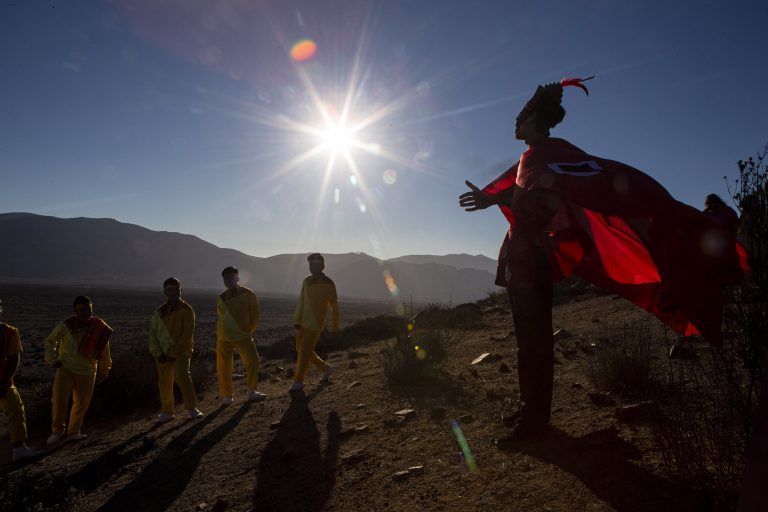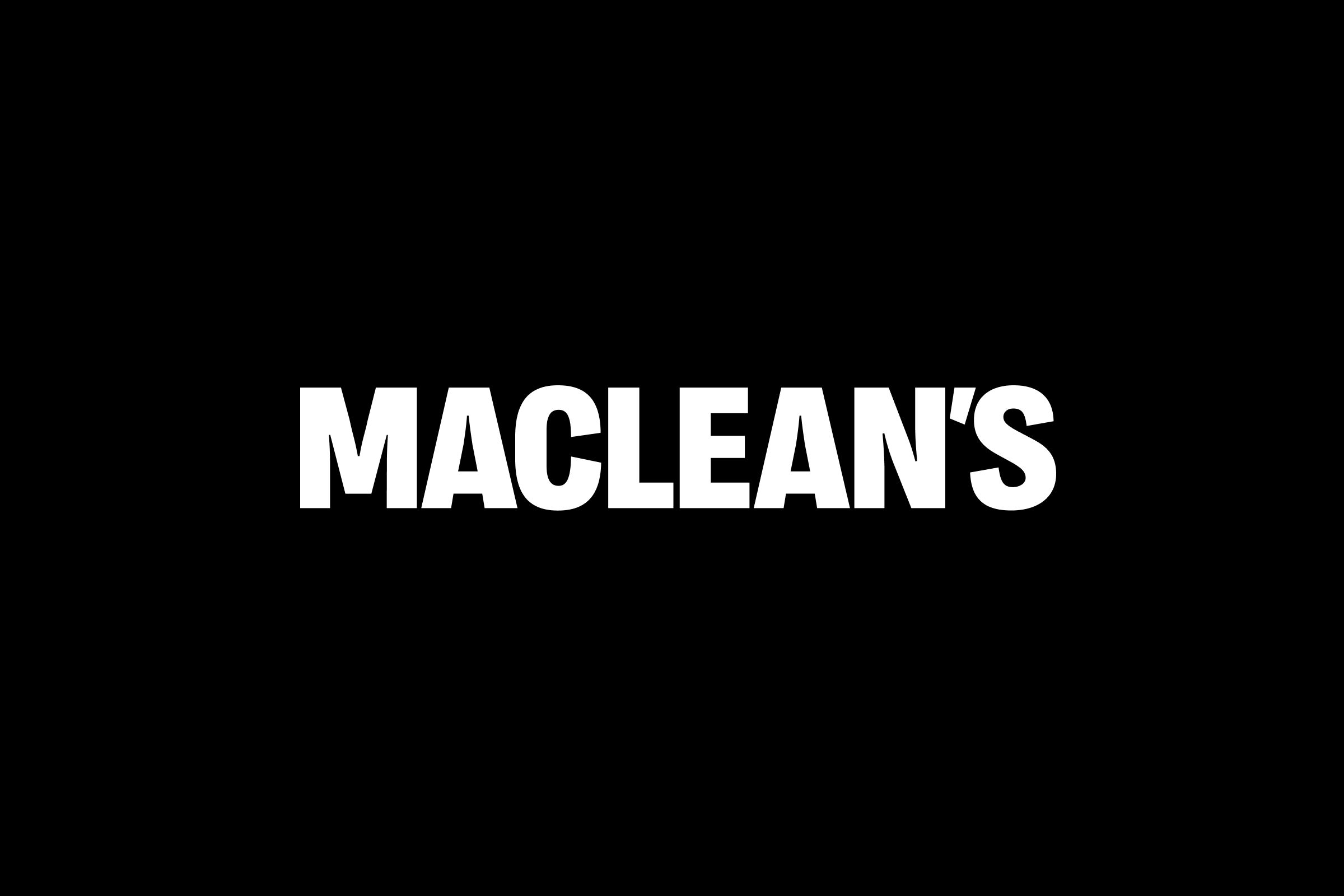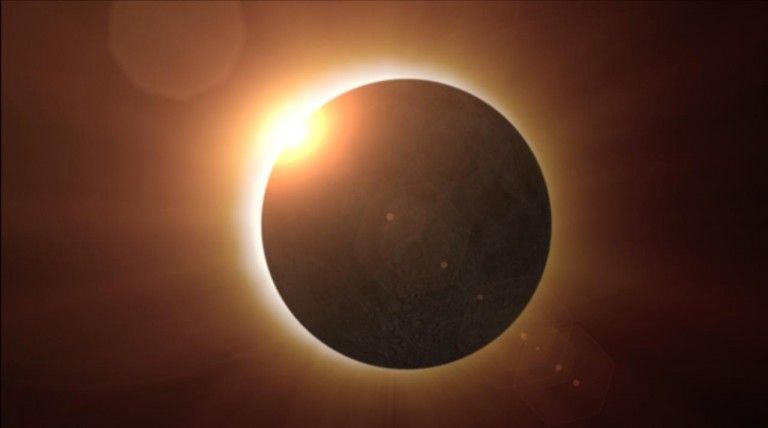solar eclipse
Total solar eclipse 2019: Watch live video here
The first total solar eclipse since 2017 will take place over parts of South America
Peeking at the eclipse has me seeing spots. Now what?
Optometrists were deluged with calls from Canadians who just couldn’t stop themselves. Lucky for them, it’s hard to look at the sun.
The 2017 solar eclipse entranced Canadians across the country
On Aug. 21, Canadians took a break from work, channelled their inner astronomy nerd and watched a partial solar eclipse. Here’s how people in Toronto reacted.
Awe and humility in the face of the eclipse
The alignment of celestial bodies drew cries from a crowd in a Vancouver park. One woman projected it through her colander.
Donald Trump on what really caused the solar eclipse
North Korea? A James Bond villain? Scott Feschuk channels the U.S. President in theorizing about Monday’s mysterious sun-blocker.
Solar eclipse 2017: Live video from NASA
If you couldn’t make it to the path of totality for Monday’s eclipse—or if you forgot your protective glasses at home—NASA’s got you covered. The space agency has a four-hour stream “with unprecedented live video of the celestial event, along with coverage of activities in parks, libraries, stadiums, festivals and museums across the (U.S.), and on social media.” Be sure to check out Scott Feschuk channelling President Donald Trump on what really caused the solar eclipse.
NASA Edge will also be streaming live from Carbondale from 11:45 a.m. to 4:15 p.m. ET Monday.
Sky watchers in Victoria will get the best view in Canada. Ninety-one per cent of the sun will be blocked in the B.C. capital. Vancouver gets the second-best view (88%) among Canadian cities.
https://www.youtube.com/watch?v=YR2cMdxcnIg
Views of the solar eclipse from Canada
The black line over the U.S. is the path of the solar eclipse. Find out how much of it you’ll be able to see from your city and what time it will appear.
Canada’s last solar eclipse in 1979: From the archives
Ahead of the last solar eclipse in Canada, astronomer and author Terence Dickinson described the growing excitement for the event
The solar eclipse: what will Canadians see?
https://www.youtube.com/watch?v=YR2cMdxcnIg
What is a solar eclipse?
A solar eclipse occurs when the moon comes between earth and the sun, and casts a shadow that blocks the sun’s earth for a time. Because the moon and earths orbits don’t match perfectly, it’s rare for the moon to completely eclipse the sun. When it does happen, the darkest part of the shadow—the umbra—is what causes a total eclipse. It casts what is known as the “path of totality.” It’s about 100 km wide, so people along this path will get to witness the rare sight: a total eclipse of the sun.
What will Canadians see of the eclipse?
Canadians will still need their “eclipse glasses” when the solar eclipse occurs on August 21.
As the eclipse makes its way from coast to coast across the United States, there is no part of Canada where the sun will be completely eclipsed. Those living in Victoria will have the best experience, though, with 91 per cent of the sun blocked by the moon, followed by people in Vancouver (88 per cent) and Calgary (81 per cent).
Those on the east coast and in Northern Canada won’t see as much of the rare event, but will still get a glimpse. For people in St. John’s, the eclipse will cover only 43 per cent of the sun, while for Halifax and Whitehorse it will be 58 per cent.
views of the solar eclipse from canada
The black line over the U.S. is the path of the solar eclipse. Find out how much of it you’ll be able to see from your city and what time it will appear.
Everything Canadians need to know about the solar eclipse, in 100 seconds
August 21, 2017 Canadians will see their first solar eclipse in decades. Here’s what you need to know about safely viewing the natural phenomenon.
Week in Pictures: July 15th – July 22th, 2009
The best pictures from the last seven days




